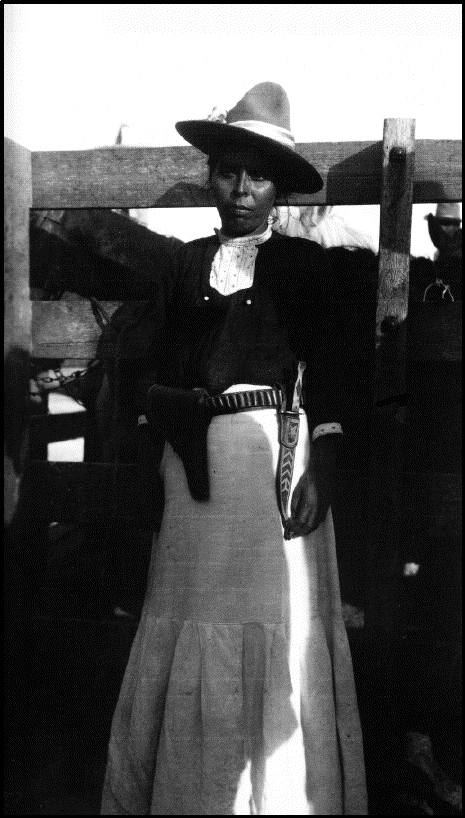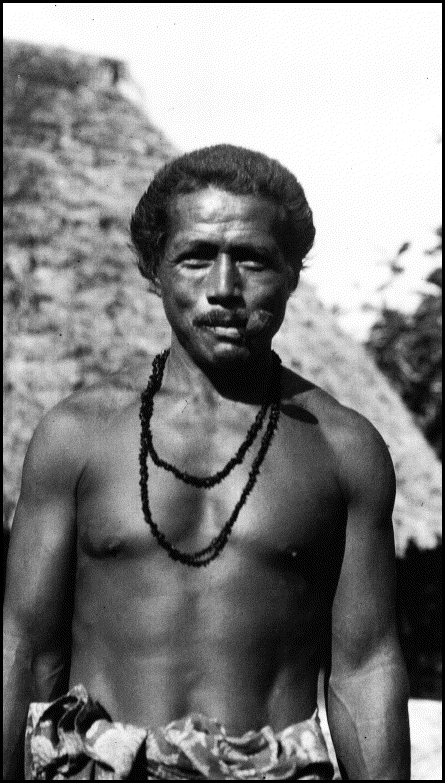Photographer
Jeanne Campbell
Reesman et al,
Editors
(University of Georgia Press)

He was also stomping America on behalf of Socialism and, meantime, built his own sloop --- the Snark --- and sailed with it and a crew of eight to the South Pacific. And he managed a 1,000 acre ranch in California, lived stylishly, paying for it all by means of a steady stream of books, stories, sports stories, didactic writings, and war reports.
Now, we find, on top of all that, that, from 1903 until his death (in 1916), he took, developed, and printed over 12,000 photographs, using a simple bellows folding camera --- the Kodak 3A. Jack London, Photographer, offers 200 of his pictures, including a few bemused ones of Jack London. He proves to be a handsome fellow, with a shock of dark hair, an endearing smile ... appearing to be every bit of a real charmer, not that much different than a young, roguish Jack Kennedy.
The editors of this volume have done an excellent job of drawing on the original negatives stored in the California State Parks collection, dividing the bonanza into six sections. These include the Cruise of the Snark, the San Francisco Earthquake, the Russo-Japanese War, the Mexican Revolution, and most dramatic of them all, his early photographs of the very poor of London which appeared in his book, The People of the Abyss.
As the editors advise us --- and prove with their selection of pictures --- London was too subtle to take the kind of shots that might have come from the reformers from the early part of the century, such as from the hands of Jacob Riis on the slums of New York, the perilous life of new immigrants. London's shots are dramatic but not in-your-face.
To make his picture-taking easy, he dressed the part when he went to learn about the East End of London: "My frayed and out-at-the-elbows jacket was the badge and advertisement of my class, which was their class ..."
- The man in corduroy and dirty neckerchief no longer addressed me as 'sir' or 'governor.' It was 'mate' now --- and a fine and hearty word, with a tingle to it, and a warmth and gladness, which the other term does not possess.
The editors suggest that London's writing was "photographic," and we can easily agree with that. I haven't reread the short story "To Build a Fire" since 1947, but I can still remember the Klondike, the bitter chill of the creek which he --- the unnamed narrator --- falls into, the reality of a sub-zero temperature which he knows will kill him if he does not make a fire out of what few tools he has. There is in this story a fine weaving and a simple style ... one that could be compared to the great stories of Richardson or Dickens, Victor Hugo or Kafka.
Given the simplicity of his photographic equipment, the pictures London took always favor simple close-ups, faces of --- in many cases --- the impoverished, the ragged, and the infirm. The photographer must have knelt before the poor Koreans, and the slaves of the Solomons, and the prisoners of Ulúa, Mexico ... for we find ourselves looking up to them, as if we were the lowly and they the godlike.
There are many happy juxtapositions in this volume. The editors have chosen passages from London's many writings to pair off with his choice shots. This on the Soldadera [Fig 1, above] marching with the "Constitutionalist" forces in Tampico, Mexico:
- She was young, strong, uncorseted, cotton-frocked, all Indian, and she had ridden, as I learned, for two years with the revolutionists. She came from far in the North, and her goal was Mexico City.
This on the young soldiers London met later: "Never on the warpath have I encountered a bunch of warriors so harum-scarum, so happy-go-lucky, so brimming over with good food and high spirits."
- Every one was mounted. Every horse was stolen. On the horses were the brands of every ranch and hacienda from the Rio Grande to the Pánuco River.
We remember the writings of London with pleasure; now we have the chance to be reacquainted with him. He seems a merry sort, filled with good will, such that we can only mourn --- as all must mourn --- that a good soul like him was cut down so young, to be placed in the mementi mori alongside Mozart, Keats, Purcell, Schubert, and most of all, his best doppelgänger, the rowdy young brawler, Kit Marlowe.
